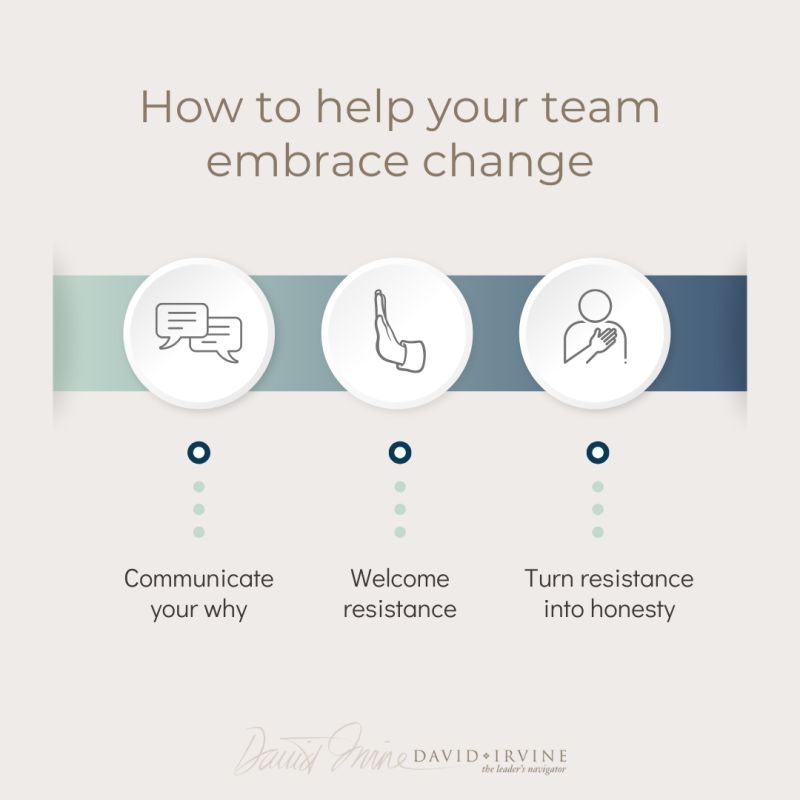Habituation
Is it helpful or harmful? How to recognize it in ourselves and our teams.
My daughter gave me this poster, saying that it reminded her of one of the values I instilled in her. Very touching.
This framed picture – gifted to me by my daughter – inspired me every time I sat at my desk – until I stopped noticing it and it became just another part of the woodwork.
This is something called habituation, a fundamental learning mechanism that can be both helpful and potentially harmful, depending on the context. Understanding how it works and recognizing its effects can be valuable for personal growth and team leadership.
Habituation allows us to filter out irrelevant information and focus on what’s required in the moment. This cognitive efficiency is crucial in our information-rich environment, helping us allocate our limited processing resources more effectively. It reduces stress by reducing our response to repeated, non-threatening stimuli.
One drawback though, is that extraordinary things around us get unnoticed over time. The beauty of a sunset or a star-lit night becomes commonplace. Inspiring quotes become wall hangings. The incredible strengths of the people on our team become ordinary. The qualities we once prized in another are now dull, unnoticed, and mundane.
While becoming cognitively efficient, complacency can set in and the beauty and meaning of life can be missed.
Ask yourself, “How can I s-l-o-w d-o-w-n and be present to the magnificence around me that I might be missing in my hurried, demanding life?”
We are clever people, efficient and high-powered, but in our zeal to get things done, we can forget the simple art of living. Let’s resolve to be mindful and attentive today to the splendor around us that has become ordinary.






